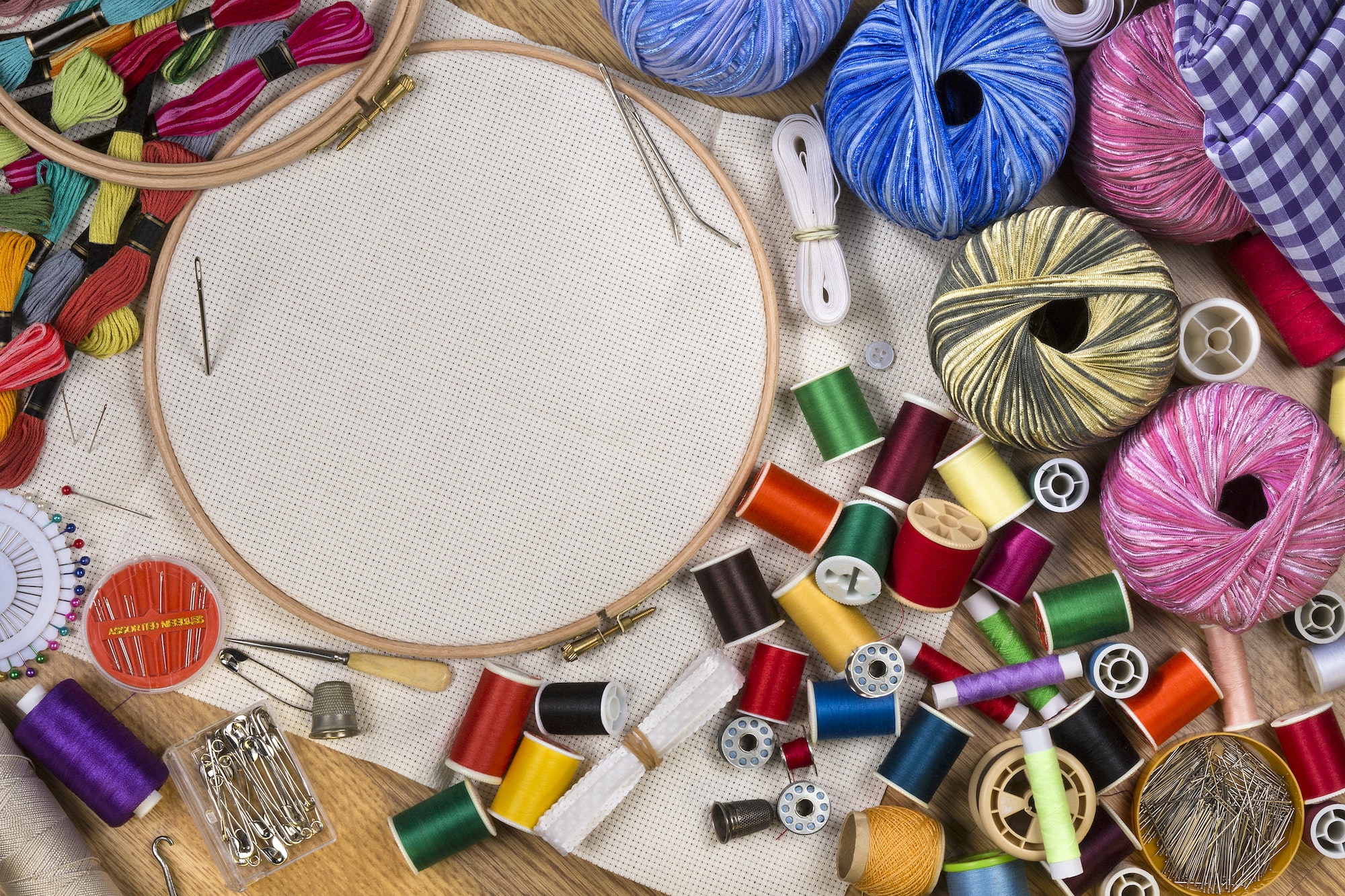Asia has a rich and diverse cultural history, which is reflected in its traditional crafts. Among these are fabric crafts that have been passed down through generations, such as Japanese Sashiko embroidery and Indian block printing. These techniques offer unique and beautiful ways to create handmade items inspired by global cultures. In this article, we will explore the origins, materials, and techniques used in these ancient crafts, as well as provide simple DIY projects that you can try at home.
Japanese Sashiko Embroidery
Origin and History of Sashiko Embroidery
Sashiko, meaning “little stabs,” is a traditional Japanese embroidery technique that dates back to the Edo period (1603-1868). It was initially developed by farmers and fishermen as a way to mend and reinforce their worn-out clothing. The simple running stitch patterns not only provided extra strength but also added a decorative element to the garments.
Over time, Sashiko evolved into an art form, with intricate geometric patterns representing various themes like nature, good luck, and longevity. It is now used for both decorative and functional purposes in modern textile arts.
Materials and Techniques Used in Sashiko Embroidery
Sashiko embroidery uses simple materials: a needle, thread, and fabric. Traditionally, indigo-dyed cotton fabric and white cotton thread were used to create a striking contrast in the designs. However, modern Sashiko artists use various colors of thread and fabric to suit their preferences.
The technique involves using a running stitch to create geometric patterns on the fabric. Some popular Sashiko patterns include hemp leaf, waves, and seven treasures. The stitches should be evenly spaced and consistent in length for a clean finish.
DIY Sashiko-Inspired Projects
Creating your own Sashiko-inspired coasters or placemats is a great way to introduce this ancient craft into your home. Begin by selecting a fabric and thread color, then choose a Sashiko pattern to follow. Use a fabric marker or chalk to lightly trace the pattern onto the fabric. Then, use a running stitch to embroider the design, following the pattern lines. Finish by cutting and hemming your coasters or placemats to size.
Indian Block Printing
Origin and History of Indian Block Printing
Block printing is an ancient textile art that originated in India over 2,000 years ago. It involves using hand-carved wooden blocks to stamp intricate designs onto fabric. This technique was initially used for printing religious texts on cloth, but it soon became popular for creating decorative patterns on clothing and home furnishings.
Indian block printing is known for its vibrant colors and intricate patterns, which often depict floral motifs, animals, and geometric shapes. The craft has been passed down through generations of artisans who continue to create stunning hand-printed textiles today.
Materials and Techniques Used in Block Printing
Indian block printing requires wooden blocks, fabric, and dye or ink. Artisans carve intricate designs into the wooden blocks, which are then dipped in dye or ink and pressed onto the fabric. The process is repeated with different blocks and colors until the desired design is achieved.
Natural dyes made from plants, minerals, and insects are traditionally used in block printing. However, synthetic dyes have become more common in recent years due to their availability and colorfastness.
DIY Block Printing-Inspired Projects
To try your hand at block printing-inspired projects, you can purchase pre-made wooden blocks or carve your own designs. Begin by selecting a fabric and dye or ink color. Place the fabric on a flat surface and secure it with tape or pins to prevent it from moving while you work.
Dip the wooden block into the dye or ink, ensuring that it is evenly coated. Press the block firmly onto the fabric, rocking it slightly to ensure a good transfer of the design. Repeat this process, using different blocks and colors if desired, until your design is complete.
Some simple DIY project ideas include printed scarves, tablecloths, or tote bags. Remember to heat-set your fabric according to the dye or ink manufacturer’s instructions to ensure your design is permanent and washable.
By exploring the history and techniques of these Asian-inspired fabric crafts, you can create beautiful handmade items that celebrate global cultures and add a touch of uniqueness to your home or wardrobe.


